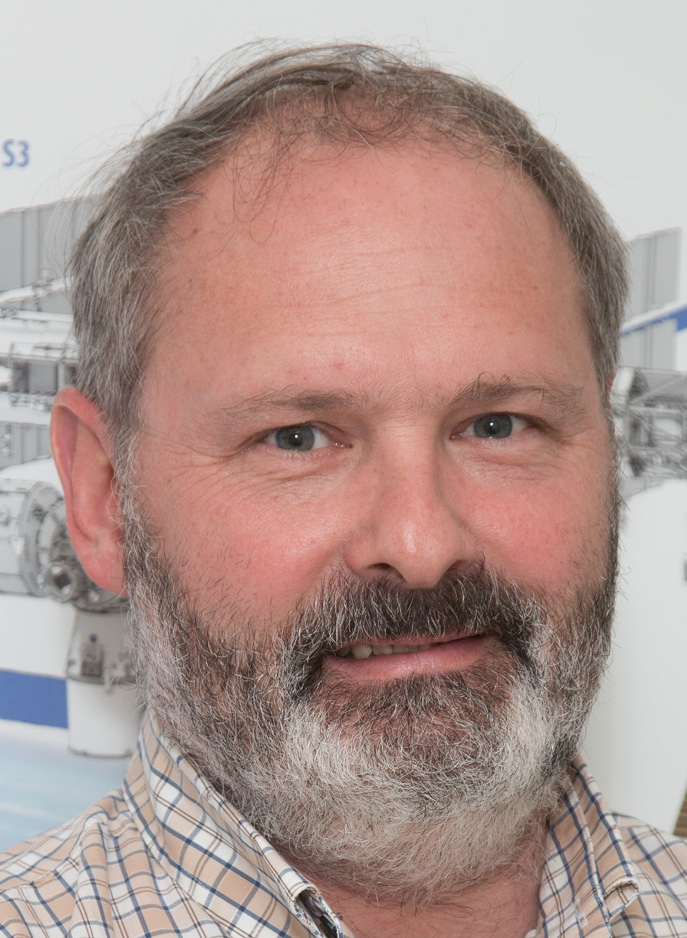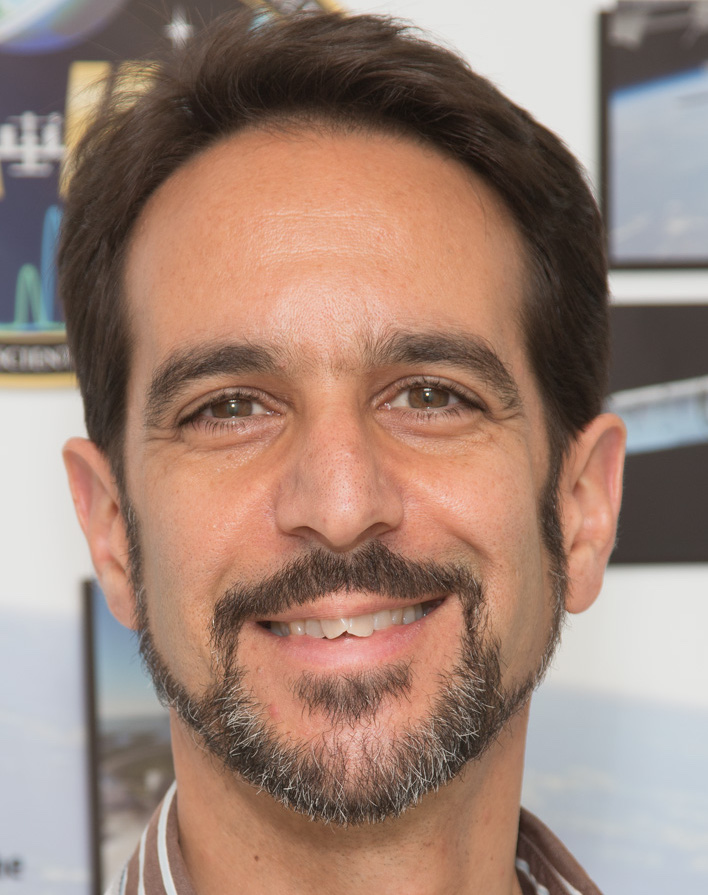 |
Keith Gendreau and Zaven Arzoumanian Goddard Space Flight Center 2019 John C. Lindsay Memorial Award Winners |
 |
"A NICER View: Physics and Astrophysics from the International Space Station"
THE JOHN C. LINDSAY MEMORIAL LECTURE
 |
Keith Gendreau and Zaven Arzoumanian Goddard Space Flight Center 2019 John C. Lindsay Memorial Award Winners |
 |
Pursuing insights into fundamental
physics beyond the reach of terrestrial (or even Solar
System) experiments motivates much observational
astronomy. Among NASA's recent efforts in this arena is
the Neutron star Interior Composition Explorer (NICER)
mission: its key science objective is to probe the physics
of matter at the highest stable densities anywhere in the
universe, found only in the cores of neutron stars. These
objects are also remarkable for their strong gravity
(second only to black holes), for hosting the most
powerful magnetic fields known, and for their
extraordinary spin rates: a flywheel the size of
Washington, D.C., containing up to twice the Sun's mass,
and rotating several hundred times per second is surely
one of nature's most outrageous offerings and home to
plenty of unusual physics!
Launched in 2017 to the International Space Station (ISS), the NICER payload observes neutron stars and other astrophysical targets in the "soft" X-ray band, at photon energies between 0.2 and 12 keV. We present NICER - its development as a low-risk mission to deliver novel science with tried-and-true instrument technologies; its progress toward deepening our understanding of neutron stars, black holes, and other celestial sources of X-rays; and its role in a pathbreaking exploration of the dynamic X-ray sky by capitalizing on the ISS as a true laboratory.
About the Speakers
Keith Gendreau earned his PhD in astrophysics at MIT working on X-ray CCDs for space applications and for measuring the cosmic X-ray background. He started at NASA/GSFC in 1995, working on several X-ray missions, and on the development of X-ray sources, detectors, and optics for application in space and on the ground. He was the 2011 Innovator of the Year at Goddard Space Flight Center. He is the principal investigator of the NICER mission on the ISS.
Zaven Arzoumanian earned degrees in Physics at McGill University and Princeton University. His research interests include the astrophysics of neutron stars and black holes, as well as new technologies for X-ray and radio astronomy instrumentation, as well as other applications. A member of Goddard's X-ray Astrophysics Laboratory (Code 662) and the NICER mission's Science Lead, Zaven lives in Greenbelt with his wife and two children. When not chasing pulsars, he enjoys coaching Little League baseball and helping to run a non-profit wildlife conservation organization (www.wildme.org).